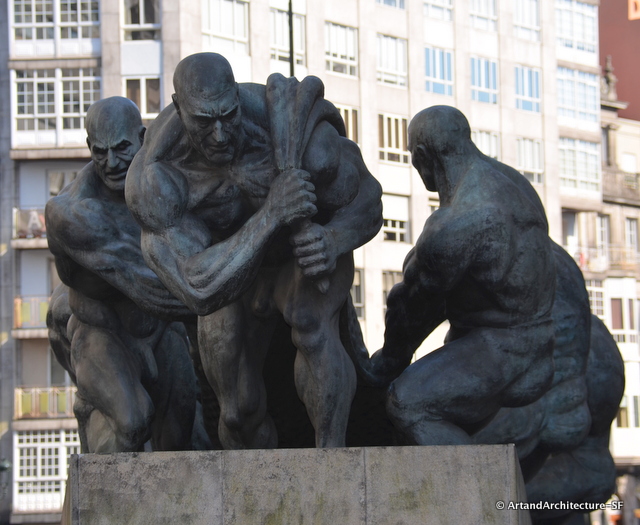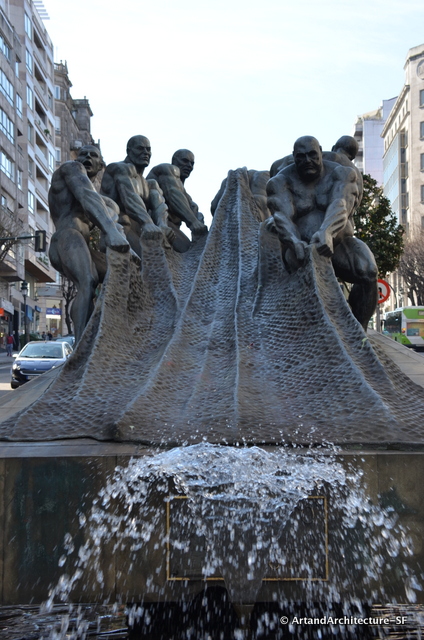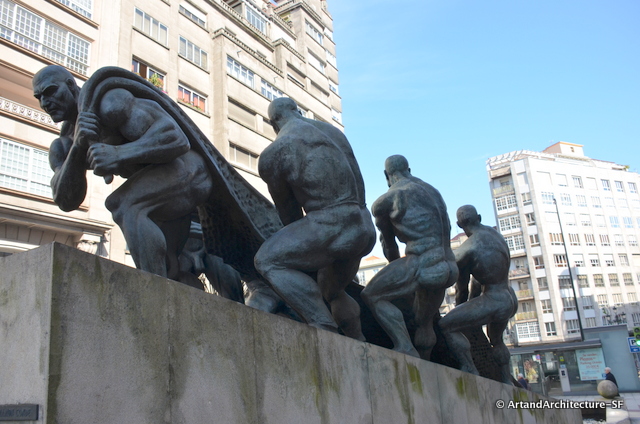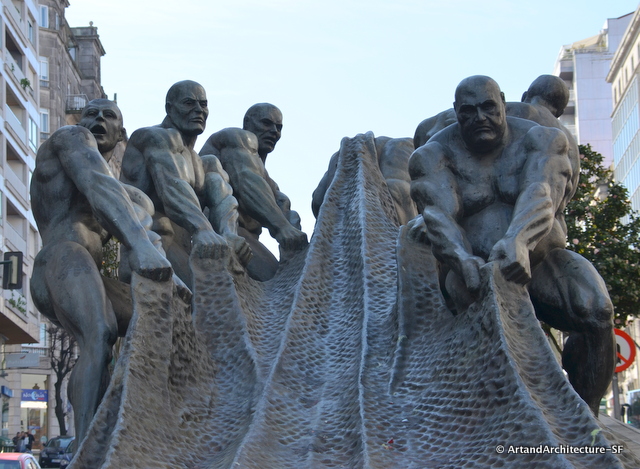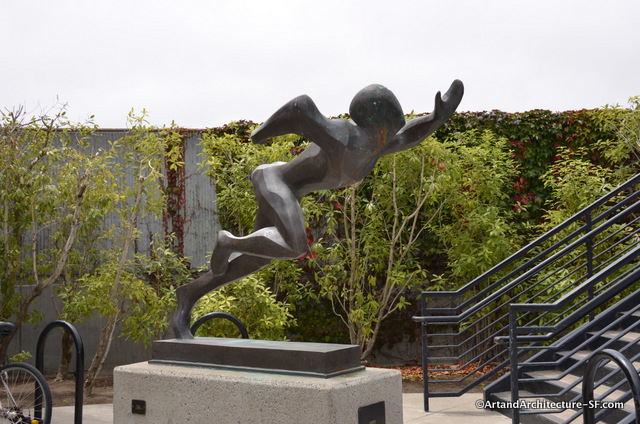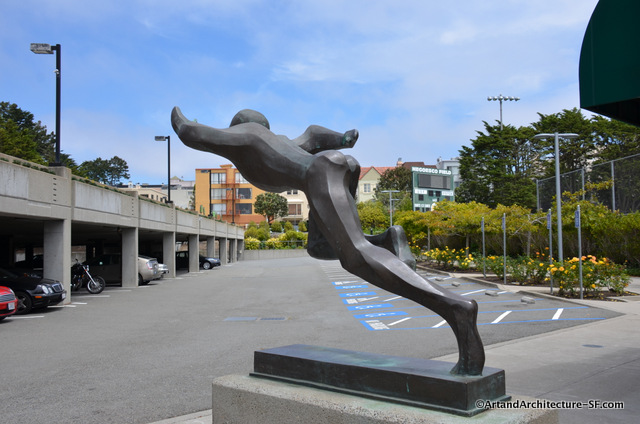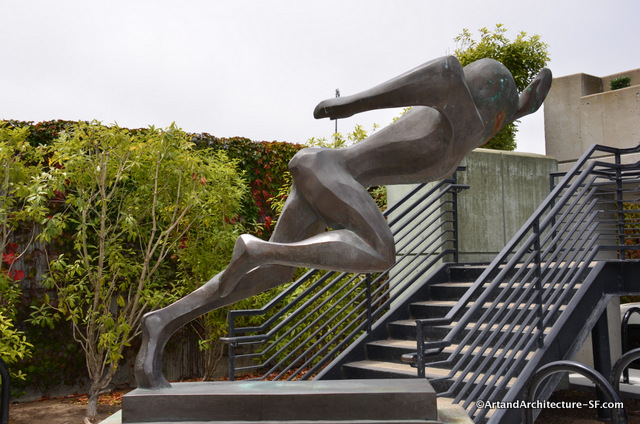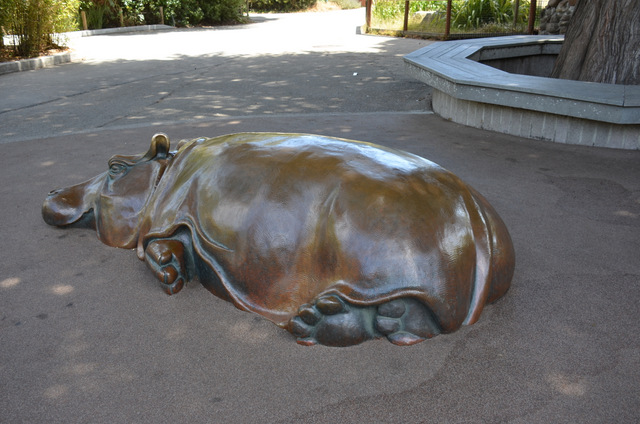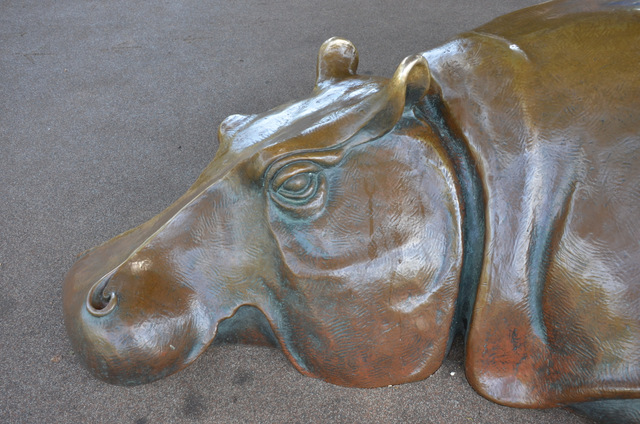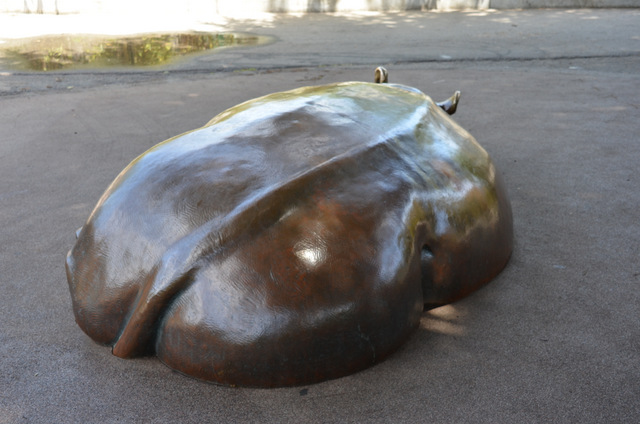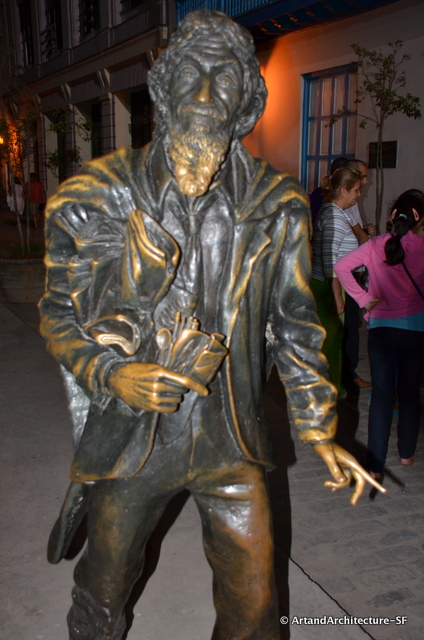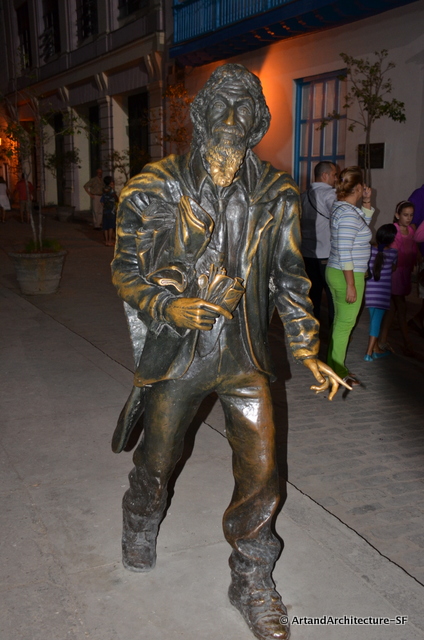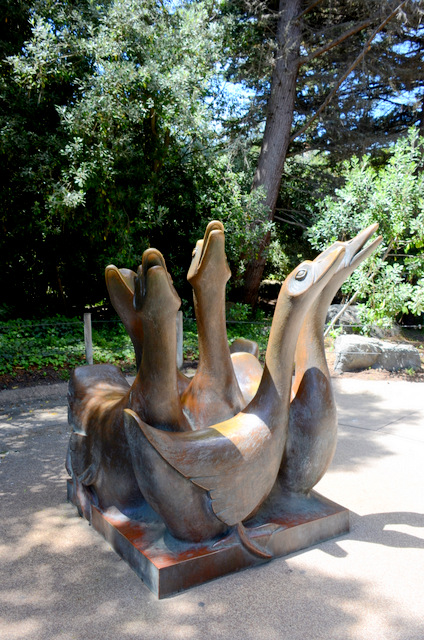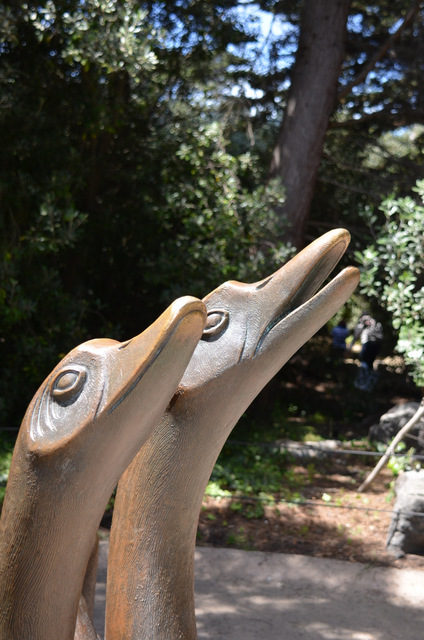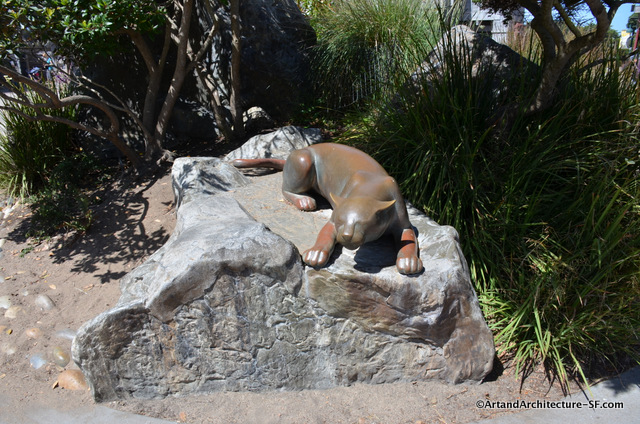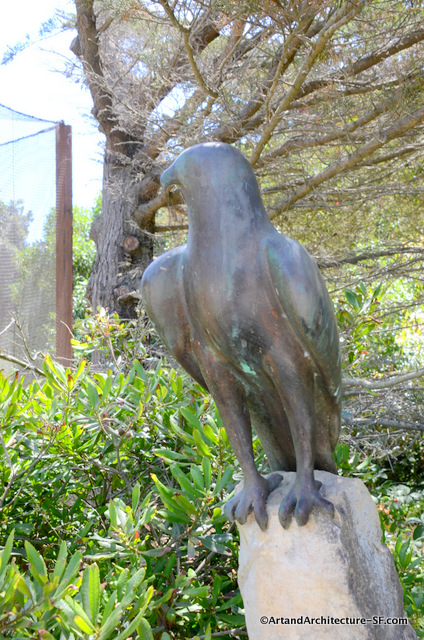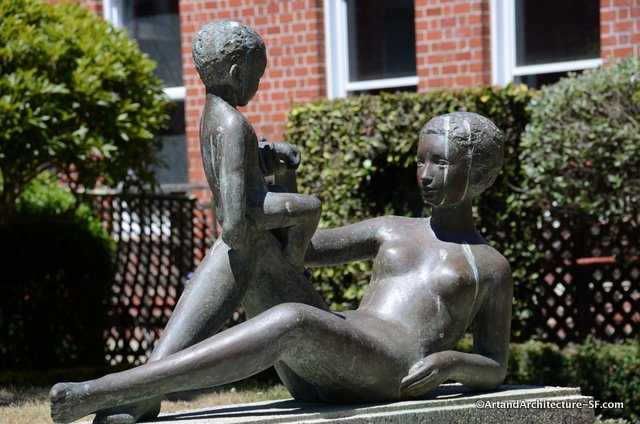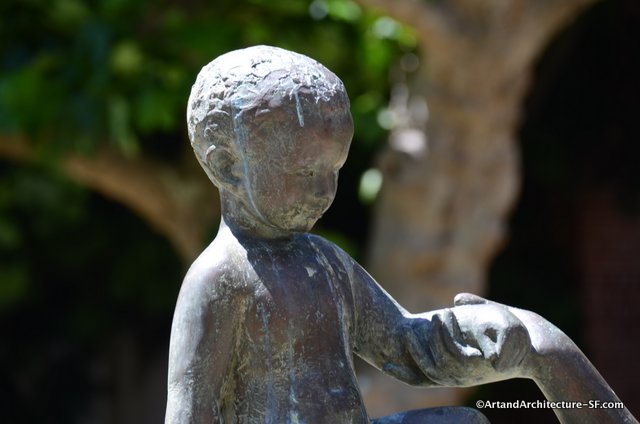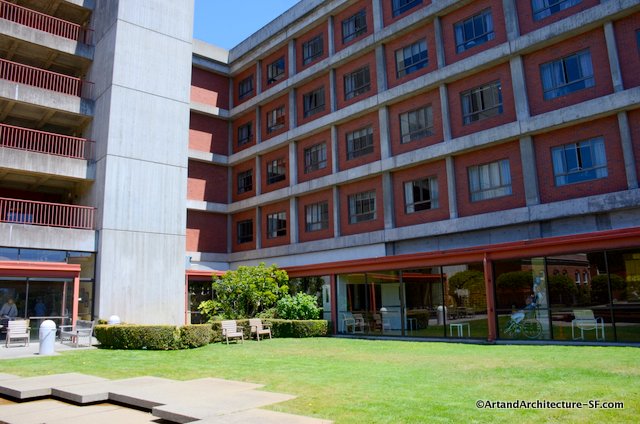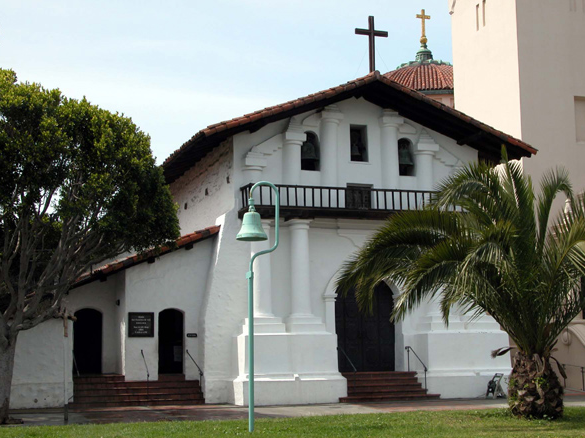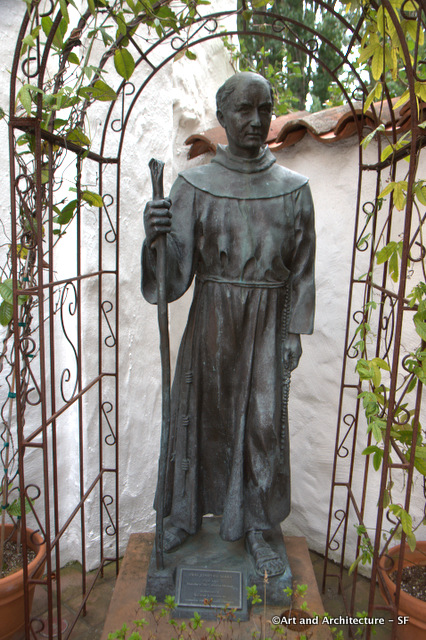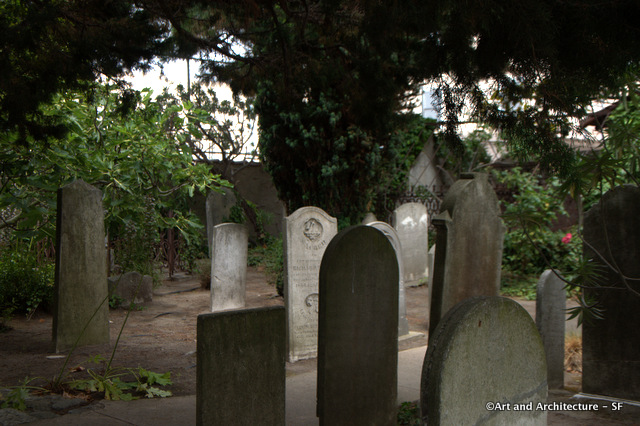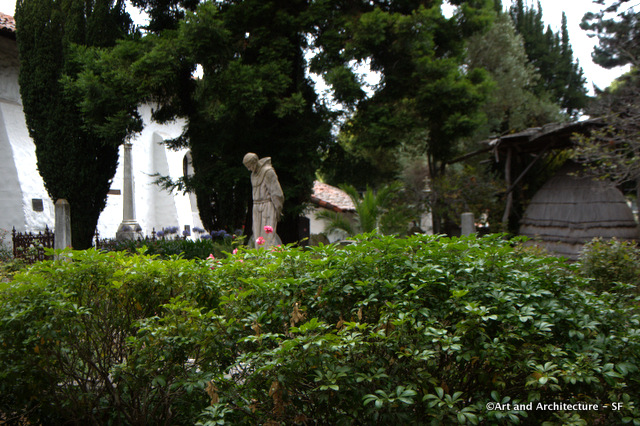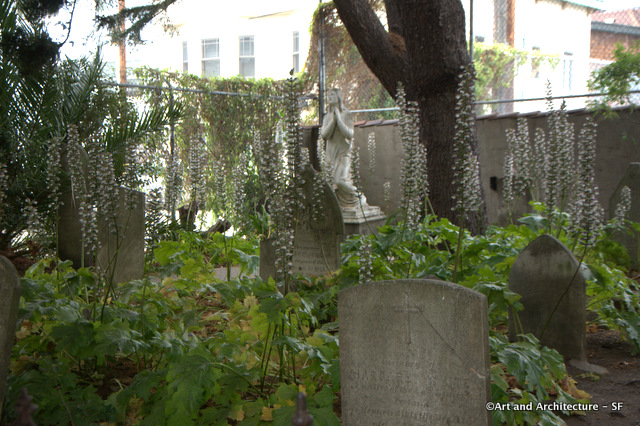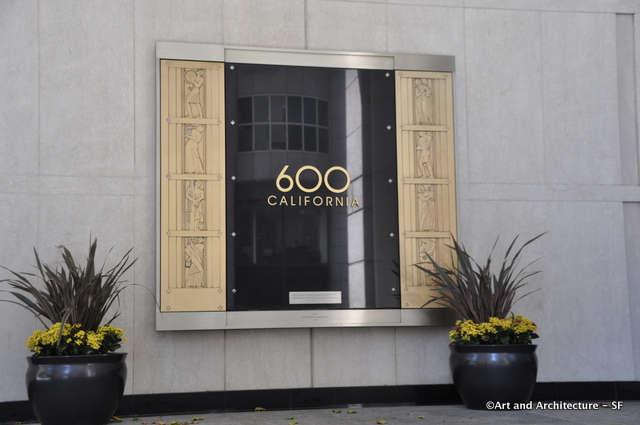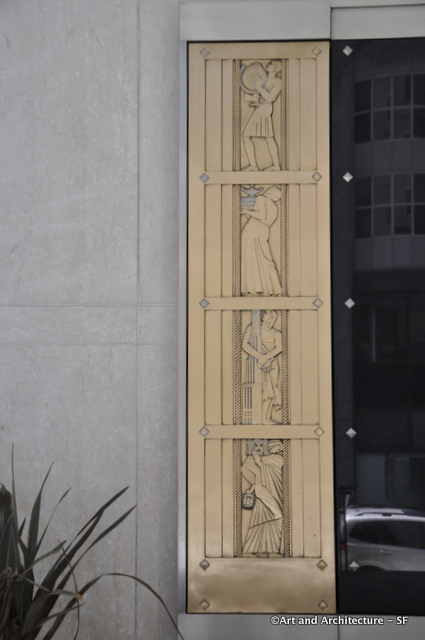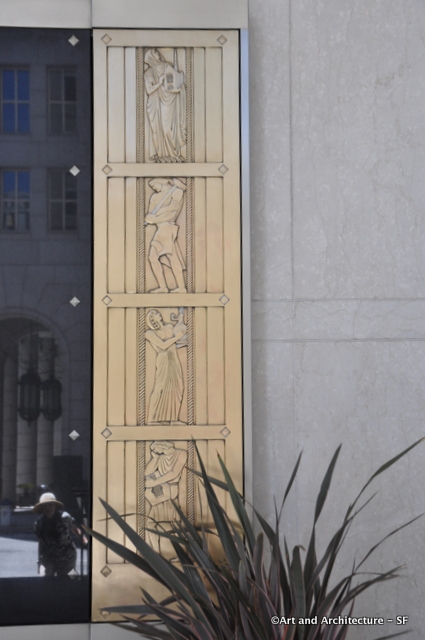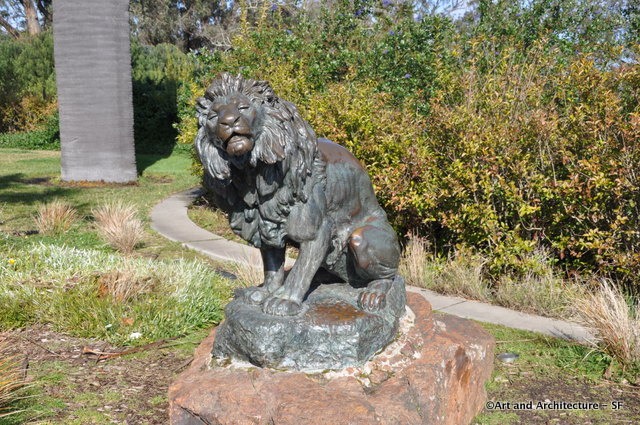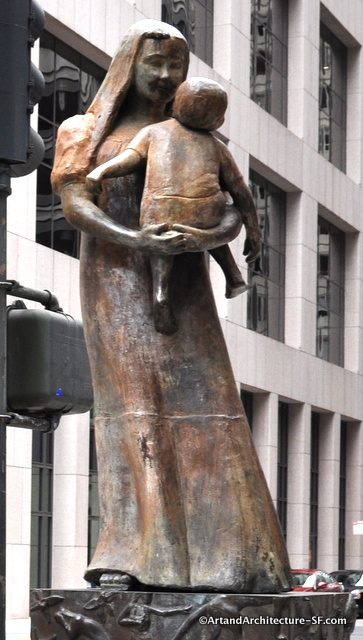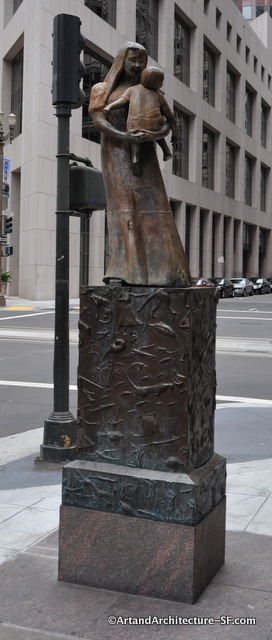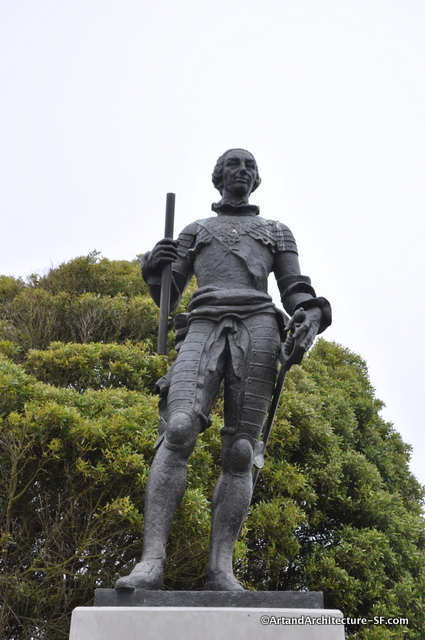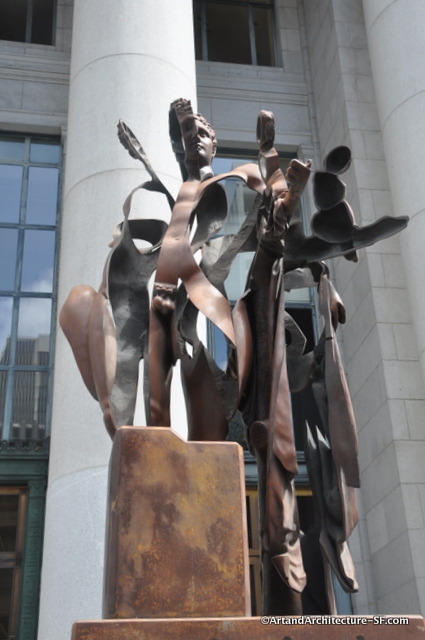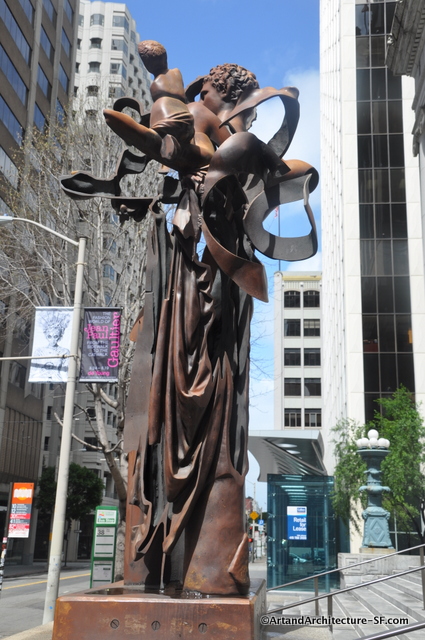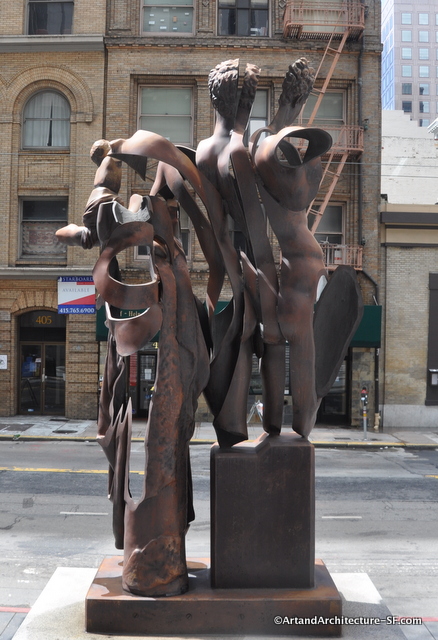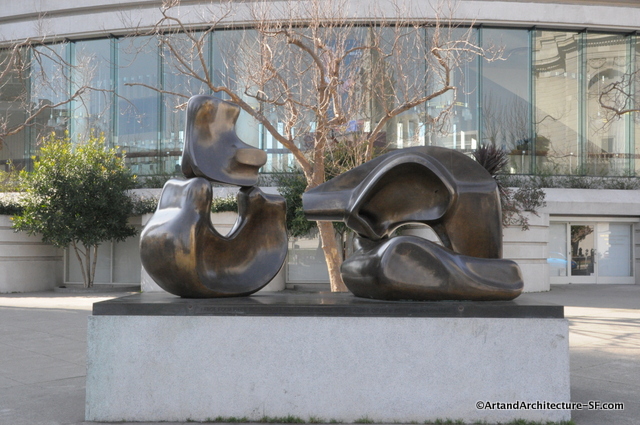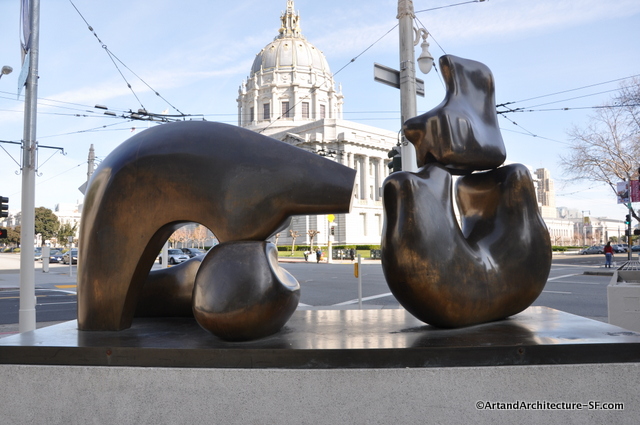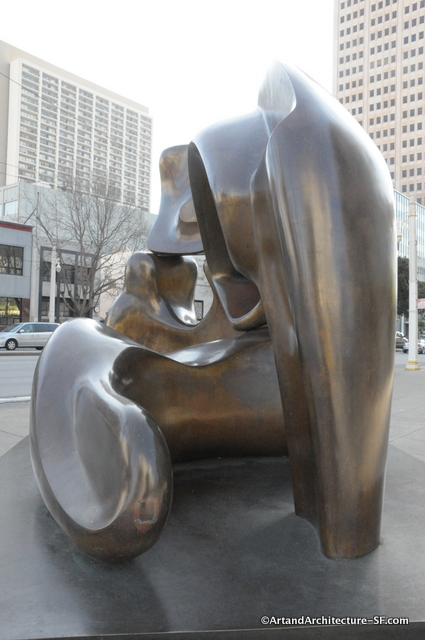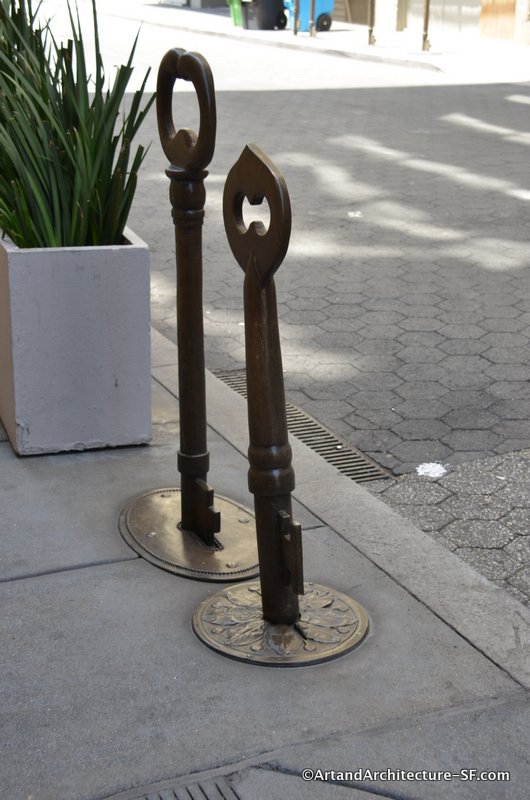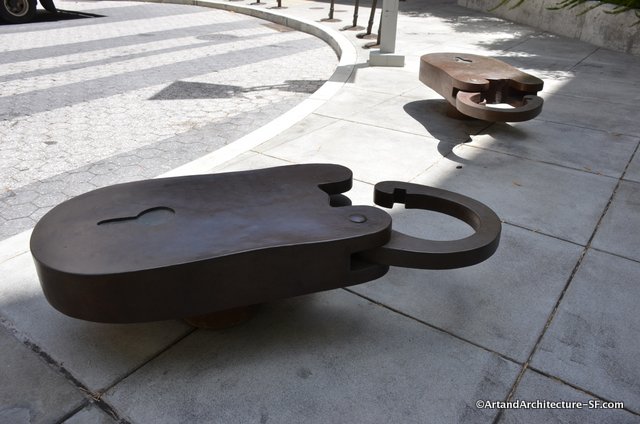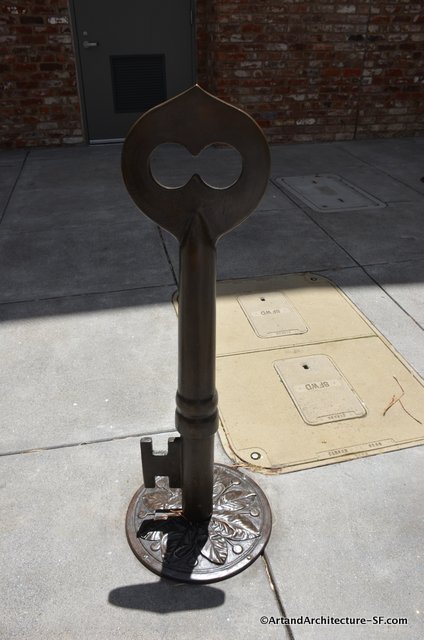San Francisco Zoo
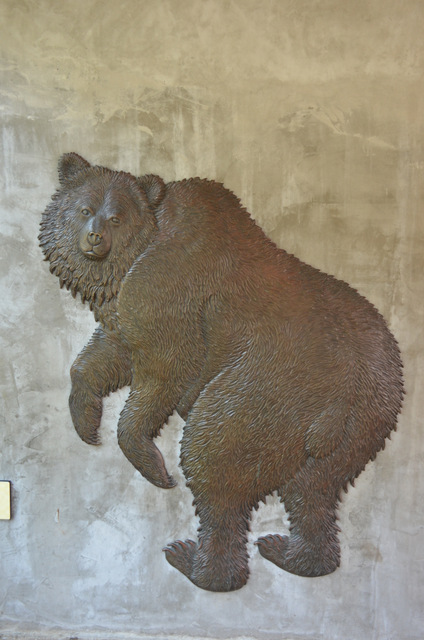
This grizzly by Tom Schrey graces the Hearst Grizzly Gulch building at the SF Zoo. Tom has a degree from California College of the Arts and presently works at Artworks Foundry.

The following was excerpted from a June 15, 2007 SF Gate article by Patricia Yollin:
Three summers ago, two grizzly bear orphans in Montana were trying to fend off starvation. Now they are coddled ursine superstars living in San Francisco.
On Thursday, the public got its first glimpse of the twins’ opulent new home as Hearst Grizzly Gulch, a $3.7 million habitat at the San Francisco Zoo, opened for business. Kachina and Kiona, whose species adorns the California state flag, quickly demonstrated that they knew how to work the Flag Day crowd.
Proximity is one of the exhibit’s highlights. A thick glass window is the only thing separating humans and carnivores in one section of Grizzly Gulch, which also includes a meadow, 20,000-gallon shallow pool, heated rocks, 2-ton tree stump, dig pit, herb garden and 20-foot-high rock structure.
“My initial reaction was, ‘Where are we going to put them?’ ” recalled Manuel Mollinedo, the zoo’s executive director.
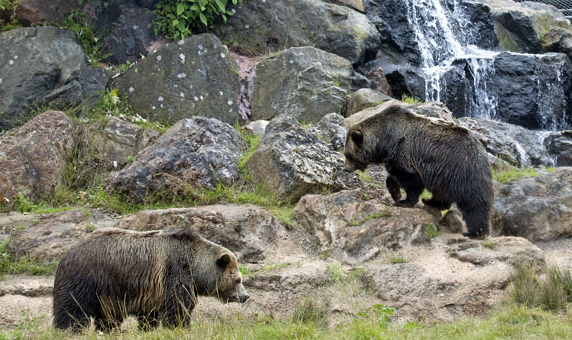
The sisters, now 4 years old, moved into a concrete enclosure that’s part of an old-fashioned bear grotto built in the 1930s. It will serve as night quarters and adjoins the new habitat, the result of a fundraising campaign by Carroll — who said he envisioned an endless series of “$100,000 lunches” before Stephen Hearst, vice president and general manager of the Hearst Corp., set up a $1 million donation.
Hearst was mindful of his family’s connection to grizzlies. His great-grandfather, San Francisco Examiner publisher William Randolph Hearst, arranged for the 1889 capture of a wild grizzly that he named Monarch — his paper’s slogan was “Monarch of the Dailies” — who inspired the creation of the city’s first zoo.
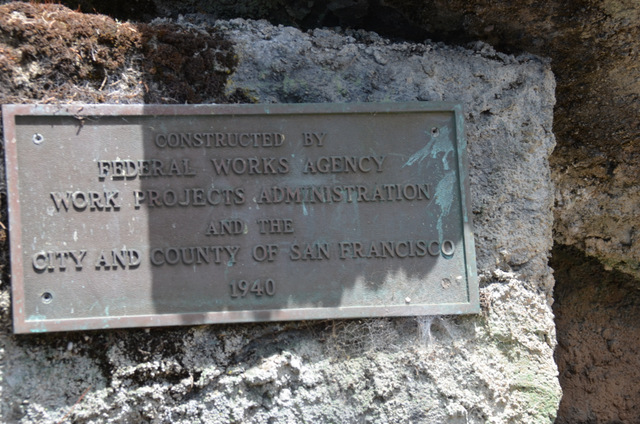
The Zoo’s first major exhibits were built in the 1930’s by the depression-era Works Progress Administration (WPA) at a cost of $3.5 million. The animal exhibits were, in the words of the architect, Lewis Hobart, “ten structures designed to house the animals and birds in quarters as closely resembling native habitats as science can devise.” These new structures included Monkey Island, Lion House, Elephant House, a sea lion pool, an aviary, and bear grottos. These spacious, moated enclosures were among the first bar-less exhibits in the country.

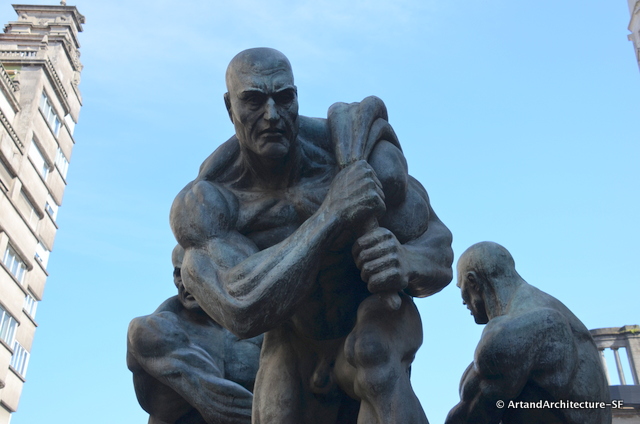 Ramón Conde was born in Ourense Spain December 18, 1951, the son of a stone sculptor.
Ramón Conde was born in Ourense Spain December 18, 1951, the son of a stone sculptor.